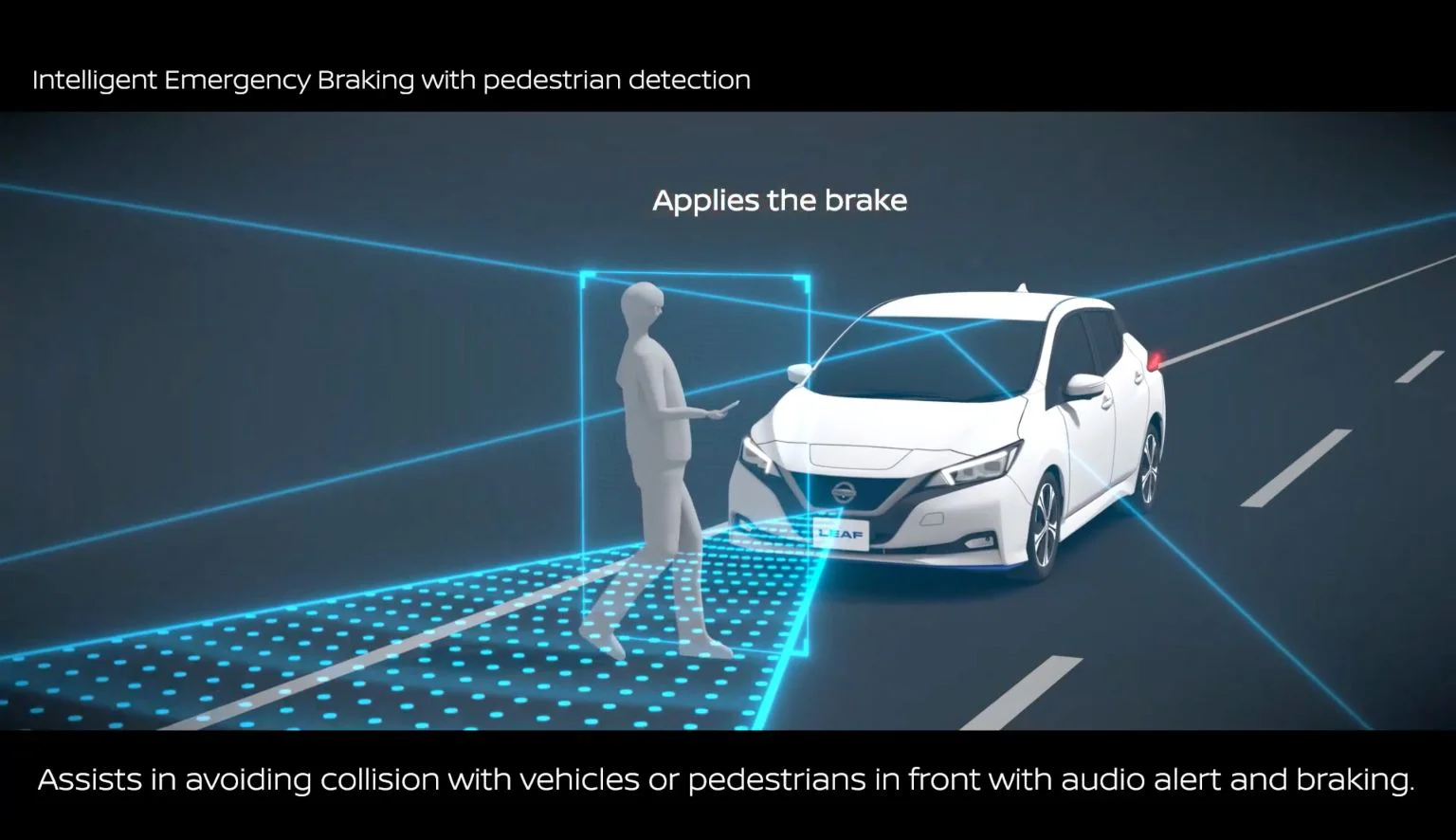How does a car’s pedestrian warning system work?


How does a car’s pedestrian warning system work?
Car pedestrian warning systems are an essential part of modern vehicle safety features. With the increasing number of vehicles on the road and the need to prioritize pedestrian safety, automotive technology has evolved to include pedestrian detection technology and collision avoidance systems. These systems aim to reduce the risk of accidents and enhance road safety by alerting drivers to the presence of pedestrians in their vicinity. In this article, we will explore how a car’s pedestrian warning system works and its significance in ensuring pedestrian safety.
Understanding the Basics
A car pedestrian warning system utilizes intelligent transportation systems to detect and identify pedestrians in the vicinity of a vehicle. These systems typically employ a combination of sensors, cameras, and radar technology to monitor the area around the vehicle. By analyzing the data collected from these sensors, the system can determine if there is a potential collision risk with a pedestrian.
Sensor Technology
One of the key components of a car pedestrian warning system is the use of sensors. These sensors can be located in various parts of the vehicle, such as the front bumper, side mirrors, or even the windshield. They work by emitting signals or scanning the surrounding environment to detect any objects or movements.
- Radar Sensors: Radar sensors use radio waves to detect objects in the vehicle’s path. They can measure the distance, speed, and direction of an object, including pedestrians.
- Camera Sensors: Camera sensors capture visual information and analyze it using image recognition algorithms. They can identify pedestrians based on their shape, size, and movement patterns.
- Ultrasonic Sensors: Ultrasonic sensors emit high-frequency sound waves and measure the time it takes for the waves to bounce back. They can detect objects in close proximity to the vehicle, including pedestrians.
Pedestrian Detection Algorithms
Once the sensors have collected data about the surrounding environment, the car’s pedestrian warning system uses advanced algorithms to analyze and interpret this information. These algorithms are designed to identify pedestrians and distinguish them from other objects, such as vehicles or roadside structures.
The pedestrian detection algorithms take into account various factors, including the size, shape, and movement patterns of pedestrians. They can also consider contextual information, such as the vehicle’s speed and direction, to assess the likelihood of a potential collision.
Warning and Alert Systems
When the car’s pedestrian warning system detects a potential collision with a pedestrian, it triggers a series of warning and alert systems to notify the driver. These systems are designed to capture the driver’s attention and prompt them to take appropriate action to avoid a collision.
- Visual Alerts: Visual alerts can be displayed on the vehicle’s dashboard or heads-up display. These alerts typically include symbols or text that indicate the presence of a pedestrian.
- Audio Alerts: Audio alerts can be in the form of beeps, chimes, or spoken messages. They are designed to grab the driver’s attention and alert them to the potential danger.
- Haptic Feedback: Some car pedestrian warning systems also incorporate haptic feedback, such as vibrating seats or steering wheels. This physical feedback can further enhance the driver’s awareness of the pedestrian’s presence.
Integration with Collision Avoidance Systems
Car pedestrian warning systems often work in conjunction with collision avoidance systems to provide an additional layer of safety. Collision avoidance systems use various technologies, such as automatic braking or steering assistance, to help the driver avoid a collision.
When a car’s pedestrian warning system detects a potential collision, it can communicate with the collision avoidance system to initiate appropriate actions. For example, the system may activate emergency braking or provide steering assistance to help the driver maneuver away from the pedestrian.
Conclusion
Car pedestrian warning systems play a crucial role in enhancing pedestrian safety and reducing the risk of accidents. By utilizing sensor technology, advanced algorithms, and warning/alert systems, these systems can detect and identify pedestrians in the vicinity of a vehicle. Integration with collision avoidance systems further enhances their effectiveness in preventing collisions.
As automotive technology continues to advance, car pedestrian warning systems are expected to become even more sophisticated and reliable. With ongoing research and development, these systems will contribute significantly to improving road safety and minimizing vehicle-pedestrian interactions.
Recent Posts
How do I create an engaging and informative online quiz or assessment?
Creating an engaging and informative online quiz or assessment can be a powerful tool for… Read More
What are the most effective methods for managing and reducing work-related stress in the hospitality industry?
Work-related stress is a common issue in the hospitality industry, where employees often face long… Read More
How can I improve my assertiveness and communication skills in a leadership position?
In a leadership position, assertiveness and effective communication skills are crucial for success. Being able… Read More
What are the key elements of a successful employee recognition and rewards program?
Employee recognition and rewards programs play a crucial role in motivating and engaging employees, as… Read More
How do I effectively manage and respond to customer feedback and reviews?
Customer feedback and online reviews play a crucial role in shaping a company's reputation and… Read More
What are the best strategies for effective time management as a stay-at-home parent?
Effective time management is crucial for stay-at-home parents who juggle multiple responsibilities on a daily… Read More